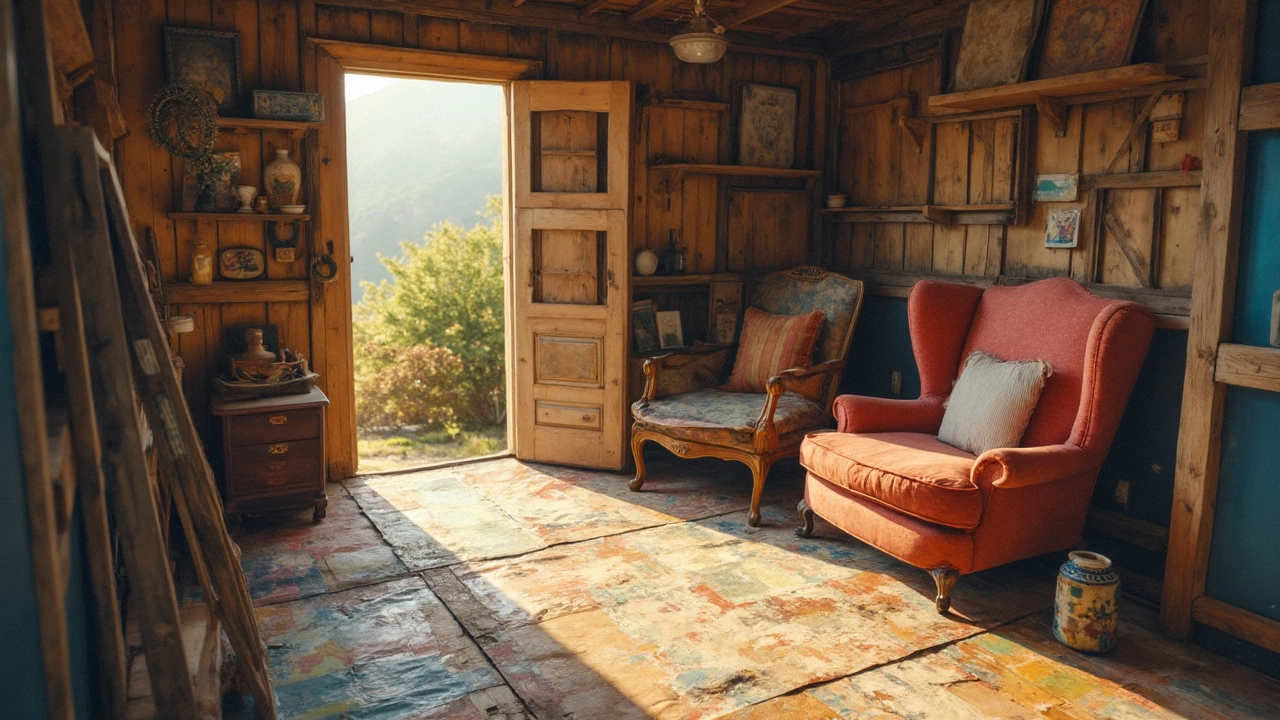Floor Protection Guide: Easy Ways to Safeguard Your Home
Ever notice a fresh scratch on your hardwood after moving a coffee table? It’s annoying, but the fix is easier than you think. A few small steps can stop everyday wear from turning your floors into a mess.
Why Protect Your Floors?
Floors take the brunt of furniture, pet paws, and dropped items. Without a barrier, heavy legs can dent wood, and spills can seep into laminate seams. The good news? Adding a layer of protection costs little and saves you time, money, and headaches later.
Best Ways to Keep Floors Safe
1. Felt pads for furniture legs – Slip a thin felt disc under each leg of chairs, tables, and sofas. They spread the weight and glide smoothly, stopping scratches. Replace pads every few months; they lose fluff over time.
2. Rug pads and underlays – A non‑slip rug pad under area rugs prevents them from shifting and protects the floor from the rug’s rough backing. Look for natural rubber or felt options; they’re gentle on wood and strong on carpet.
3. Floor mats in high‑traffic zones – Entryways, kitchens, and home offices benefit from durable mats. Choose washable rubber or coir mats that trap dirt and absorb impacts.
4. Protective finishes – For wood floors, a high‑quality polyurethane seal adds a hard layer that resists scratches and moisture. Reapply every few years according to the manufacturer’s advice.
5. Strategic furniture placement – Arrange heavy pieces away from direct sunlight and high‑traffic paths. Using a sofa as a barrier between a hallway and a delicate rug can prolong both surfaces.
When you shop for protectors, think about the floor type. Vinyl and laminate love low‑profile pads, while solid wood enjoys thicker felt or rubber. If you have pets, opt for anti‑static pads; they reduce static shocks that can attract dust.
Don’t forget the small stuff: coasters for drinks, placemats for meals, and shoe‑free zones at the front door. These habits cut down on liquid damage and dirt that can scratch finishes.
If you’re already dealing with damage, a quick sand‑and‑refinish can revive a worn spot. For laminate, a floor repair kit can fill scratches without a full replacement.
Bottom line: A little foresight keeps your floors looking new for years. Start with felt pads, add rug pads where needed, and protect high‑traffic areas with sturdy mats. Your floors will thank you, and you’ll avoid costly repairs down the road.
What to Put on the Floor of Your Storage Unit
Thinking about what to put on the floor of a storage unit might not seem important, but it can make a big difference to protecting your belongings. This article covers practical solutions for floor coverings that prevent damage, condensation, or pest infestation. Learn why choosing the right materials like wooden pallets, plastic sheeting, or carpet scraps can save you stress and money. Discover helpful tips and interesting insights that turn your storage challenges into straightforward solutions.
More
